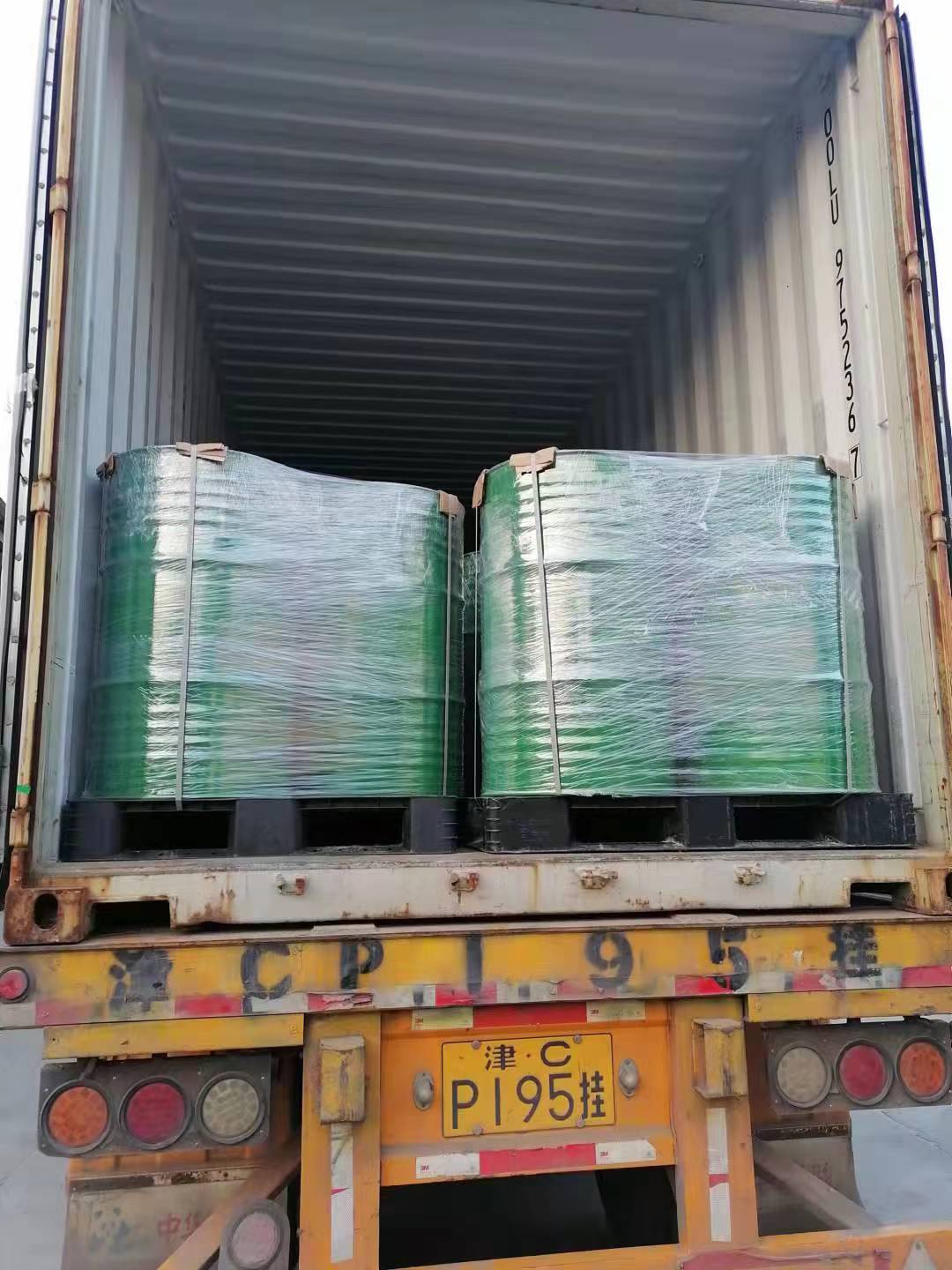- No. 268 Xianghe Street, Economic Development Zone of Xingtai city, Hebei 054001 China
- Byron@hbhongri.cn
Dried Spicy Red Peppers for Flavorful Cooking and Unique Recipes
The Vibrant World of Dried Hot Red Peppers
Dried hot red peppers, a staple in various cuisines around the world, bring a unique depth of flavor and heat to many dishes. These vibrant, sun-kissed ingredients, often found in a diverse array of forms such as flakes, powders, and whole pods, are deeply embedded in culinary traditions and offer a plethora of health benefits. Their rich history, versatile use, and nutritional value make them an interesting subject for exploration.
The origins of dried hot red peppers can be traced back to Central and South America, where they were first cultivated by ancient civilizations such as the Aztecs and Mayans. These cultures recognized the peppers not only for their ability to enhance the taste of their food but also for their medicinal properties. Following the arrival of Europeans in the 15th century, hot peppers were introduced to the Old World, leading to a flavorful culinary revolution. Today, countries like Mexico, India, and China have embraced these fiery fruits, mastering their use in various dishes.
One of the most popular dried varieties is the chili pepper, which comes in many types, each offering its own unique flavor profile and heat level. For instance, the Ancho pepper, a dried version of the poblano, is known for its mild heat and sweet, fruity undertones. In contrast, the Cayenne pepper is famous for its intense spiciness and is often ground into a powder that adds a fiery kick to sauces and marinades. The versatility of these peppers allows chefs to use them creatively in everything from traditional stews to modern pasta dishes, providing both heat and depth.
In addition to their culinary appeal, dried hot red peppers boast a range of health benefits
. They are rich in vitamins A and C, which are essential for maintaining healthy skin and boosting the immune system. The active compound in peppers, capsaicin, is known for its anti-inflammatory properties and has been studied for its potential in pain relief. Furthermore, capsaicin may improve metabolism, making these peppers a popular choice among health-conscious individuals and those looking to add flavor without extra calories.dried hot red peppers

The process of drying hot peppers also deserves attention. This method concentrates their flavors and extends their shelf life, making them an economical and convenient cooking ingredient. Dried peppers can be rehydrated in hot water before use or ground into powders or flakes to create spice blends. The ritual of preparing and working with dried peppers can also be a profound experience, connecting cooks to the traditions and cultures that have revered these ingredients for centuries.
One of the most beloved uses for dried hot red peppers is in the preparation of sauces, such as the classic Mexican mole or the fiery Indian curry. They can also be incorporated into marinades for meats, adding complexity and layers of flavor. For those who make their own spice blends, dried hot peppers are often a key component, whether they’re included for flavor or as a means to introduce heat.
In recent years, there has been a resurgence of interest in traditional cooking methods, including the use of dried hot red peppers. Home cooks experiment with various pepper varieties, often inspired by global cuisines, leading to unique flavor combinations and innovative dishes. Farmers' markets and specialty stores now showcase a greater range of dried peppers than ever before, allowing culinary enthusiasts to explore new flavors and textures.
In conclusion, dried hot red peppers are more than just a spicy ingredient; they are a symbol of cultural heritage, culinary creativity, and health benefits. They offer an invitation to explore the rich tapestry of global cuisine while providing an exciting sensory experience. Whether used sparingly to enhance a dish or as a primary flavor, these fiery fruits continue to captivate the palates of food lovers around the world, proving that sometimes, the simplest ingredients can have the most profound impact.
-
Turmeric Rhizome Powder: A Golden Treasure from Roots to TableNewsJul.28,2025
-
The Versatile Application Of Crushed Red Hot Peppers: Lighting Up The Red Flames On The Dining TableNewsJul.28,2025
-
The Paprika: A Touch Of Vibrant Red In Color, Flavor, And CultureNewsJul.28,2025
-
Ground Turmeric: A Modern Examination of an Ancient SpiceNewsJul.28,2025
-
Capsicum Liquid Extract: Features, Applications, and ChallengesNewsJul.28,2025
-
Application of Capsicum Liquid Extract in FoodNewsJul.28,2025







